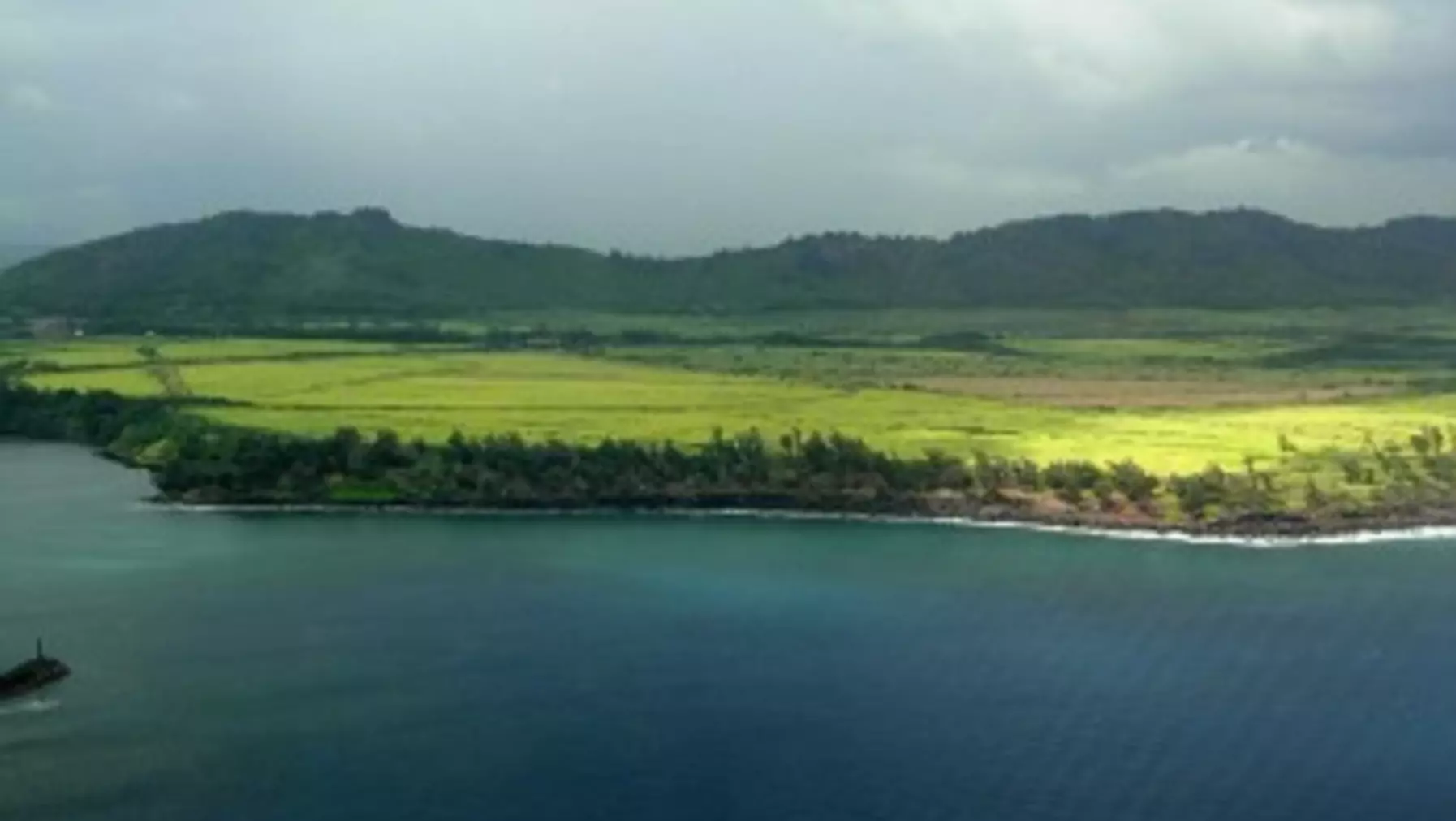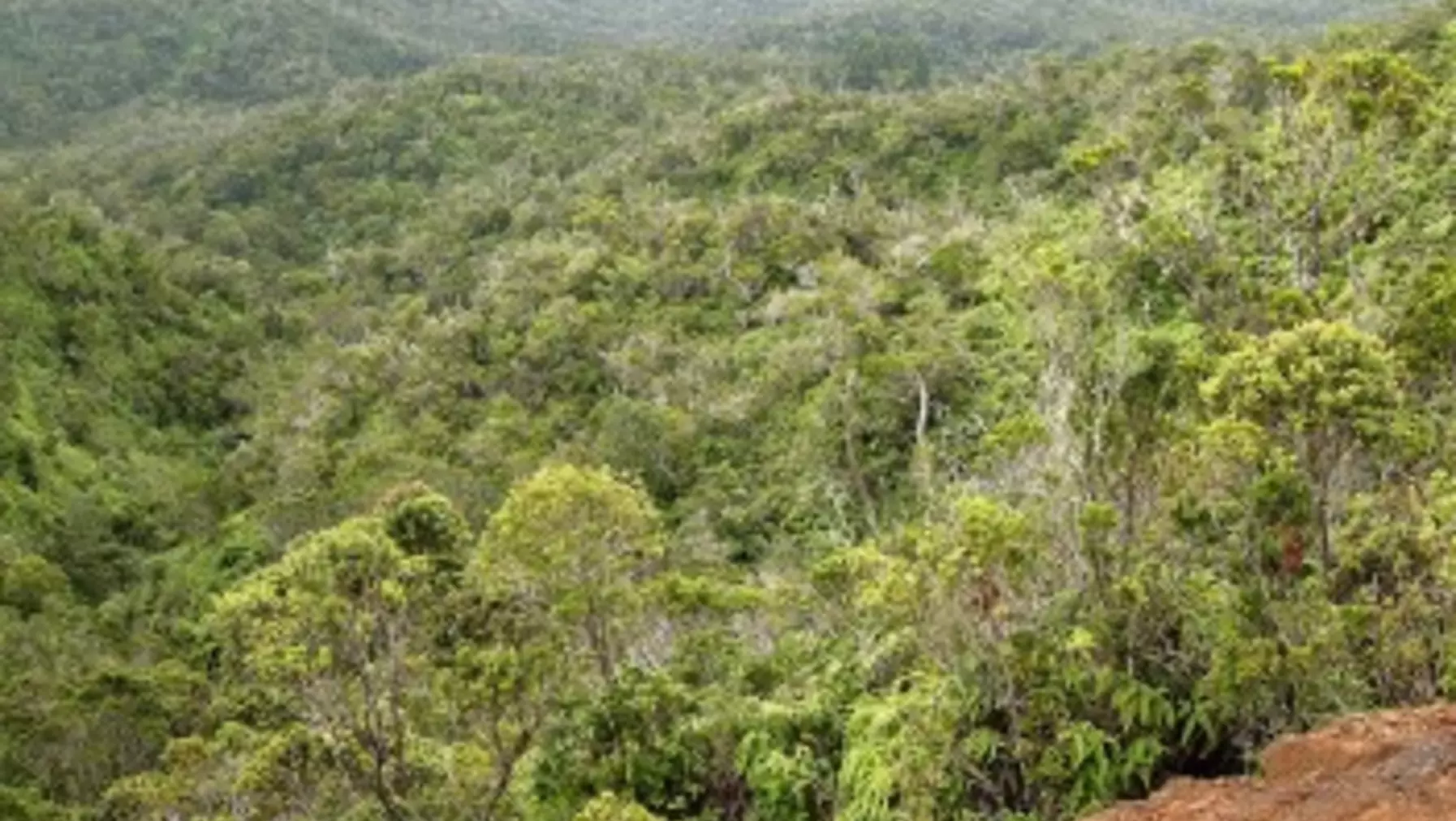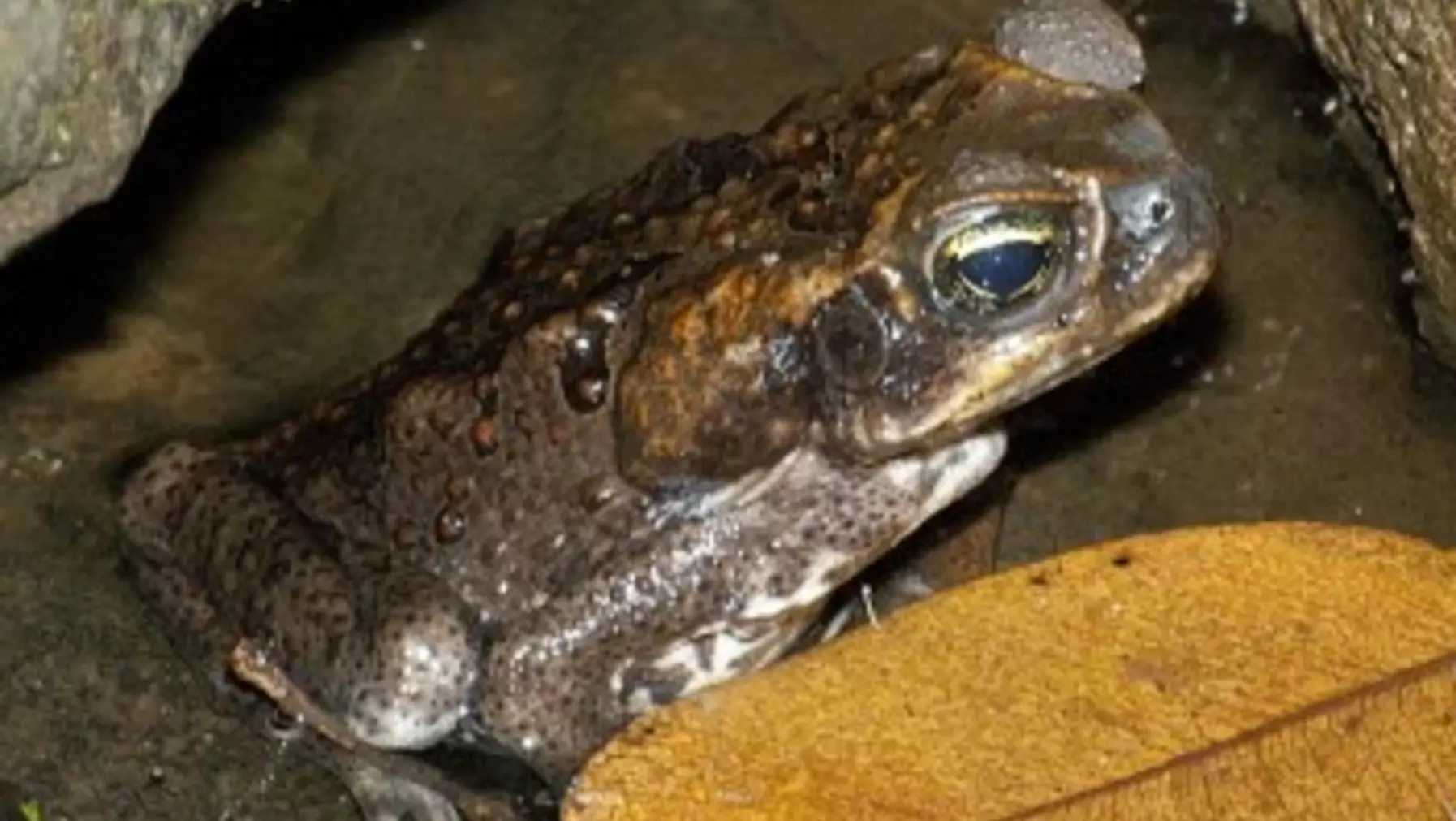Climate
Island climates are variable, depending on the location, but temperature extremes are usually less than on the mainland because of the ameliorating effects of the ocean. Climates range from very wet to very dry depending on the wind regime and the presence of mountains, although the humidity is usually relatively high because of the proximity of the ocean even on islands that are dry because of their low rainfall. Seasonality is often less well defined than on the adjacent mainland.
Soils
Soils are immensely variable, dependent in part on the origin of the island. Many are of volcanic origin, others sand or coral, and those on larger islands can be complex. Usually they are appropriate for the climate and vegetation, as in the major bioclimatic zones.
Vegetation
On sufficiently large islands, the vegetation is characteristic of one of the major bioclimatic zones. On small islands, plant associations may be limited to the beach or strand vegetation types characteristic of the region. Very large islands, from Madagascar up to Australia, may have the full complement of bioclimatic zones appropriate for their latitude.
Diversity
Species diversity is always lower on islands than in comparable mainland environments. Extinction rates are dependent to some degree on island size and are relatively high on small islands because many populations are small. Immigration rates are dependent on distance from mainland or other island sources, with the probability of survival upon immigration dependent on presence of appropriate habitat, shelter, and food and abundance of predators and competitors. Diversity is somewhat increased in archipelagos (as opposed to single islands) because of speciation and recolonization opportunities. Oceanic islands exhibit a high degree of endemism, often with substantial adaptive radiation in relatively few groups.
Plant Adaptations
Island plant species tend to be adapted for dispersal, as these types are the ones that reach islands. Dispersal adaptations include wind-borne ballooning seeds (thistle type), water-borne seeds that can withstand salt-water immersion (coconut) or that can grow in salt water (mangroves), and bird-carried seeds, either stuck to feathers or in the digestive system. Beach adaptations are typical, including heavy seeds that won't blow away once deposited in sand. Additionally, there is much evolution toward loss of dispersal ability in groups once established--seeds become larger and less likely to balloon, float, or adhere to birds. The isolated nature of many islands has prompted much divergence in the species that reach them. There are many examples of evolution of woody species in families that are otherwise herbaceous (Compositae is a good example), presumably an adaptive shift from an early-succession dispersal ability to a stable residence in forest environments.
Animal Adaptations
Many animal adaptations are comparable to those of plants. Species typically show well-developed powers of dispersal; birds and flying insects are obvious examples, as are spiders, the young of which balloon into the air on threads, and lizards, the eggs of which are viable in driftwood. Once established on an island, there has been a tendency for reduction of flight powers to avoid being blown away from it; flightless insects and birds often evolve on islands. There may be major adaptive radiation from single immigrants, for example Hawaiian honeycreepers, Galapagos finches, and Madagascar lemurs. Australian plants and animals are the best examples of adaptive radiation on an island long separated from the continents.
Human Effects
Islands, especially small ones, are very vulnerable to the negative effects of humans; human-caused extinction is much more likely there than on the mainland. Total habitat destruction is likely in circumscribed areas with human population growth. Many island plants and animals evolved in the absence of predators, thus the have no resistance to human hunters and introduced predators and herbivores such as cats, rats, pigs, goats, and mongooses. Even introduced parasites can have devastating effects, as for example malaria on Hawaiian honeycreepers. The Polynesians that successively colonized Pacific islands, including the Hawaiian Islands, extirpated substantial proportions of the native biota.



